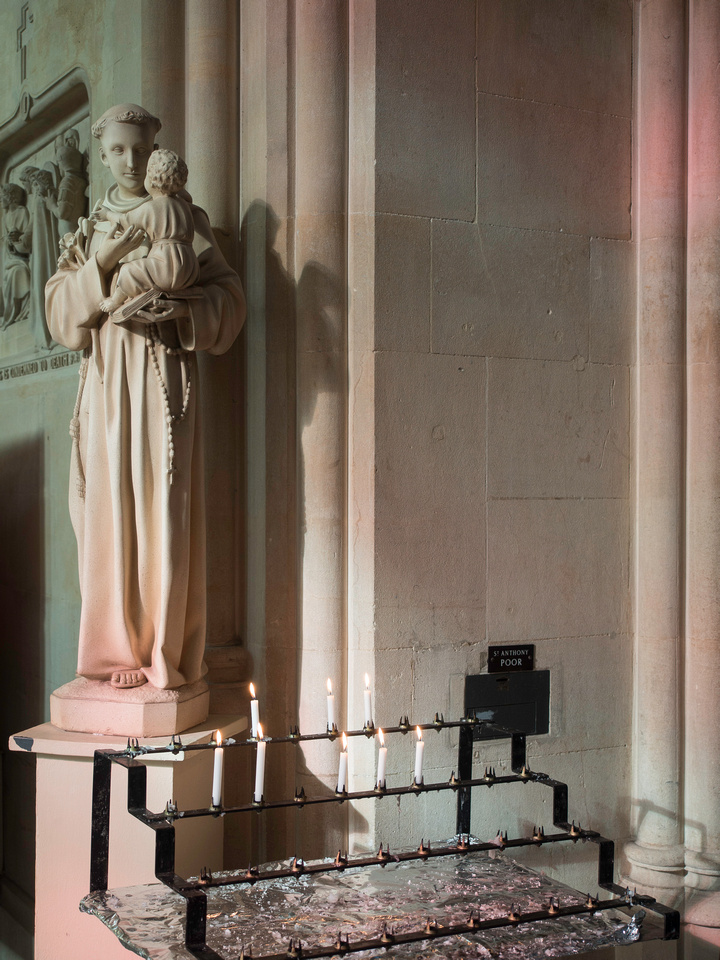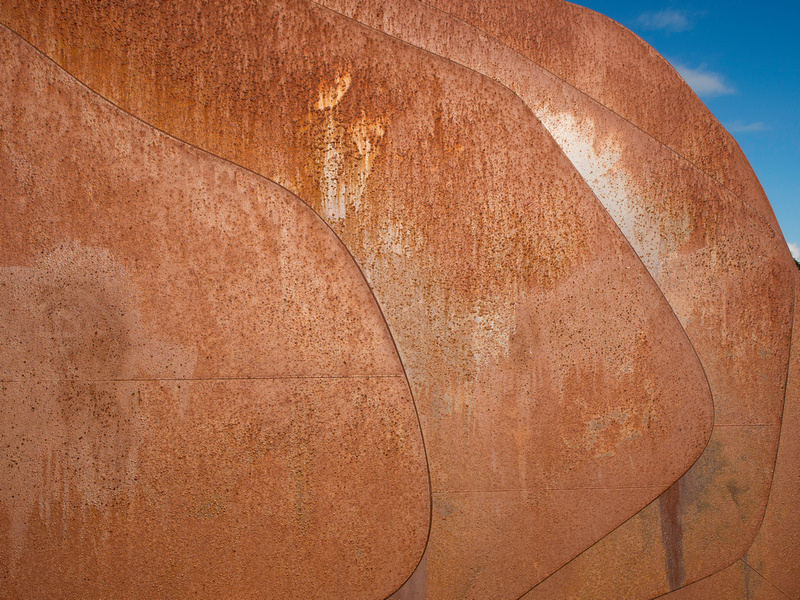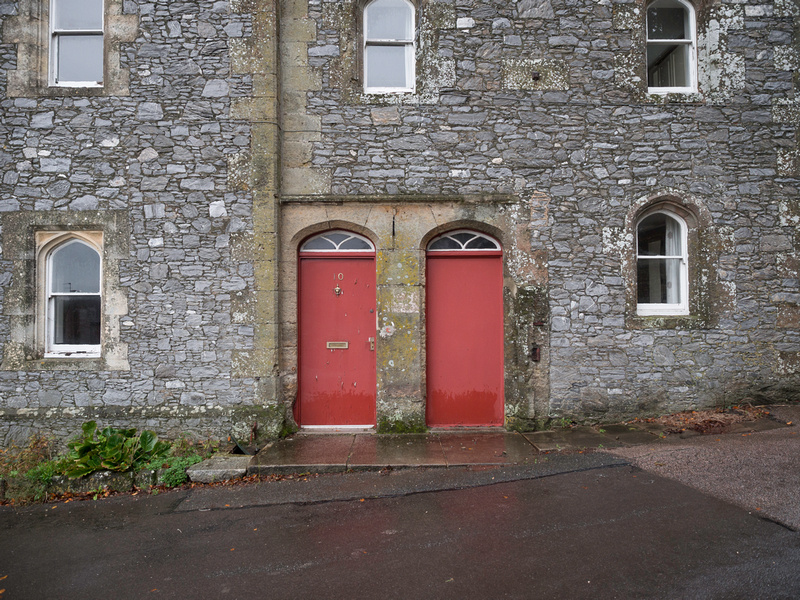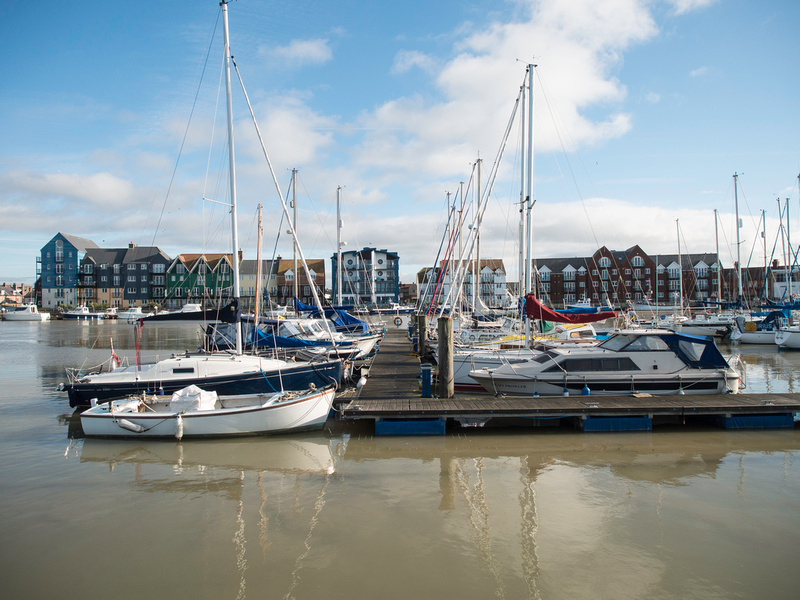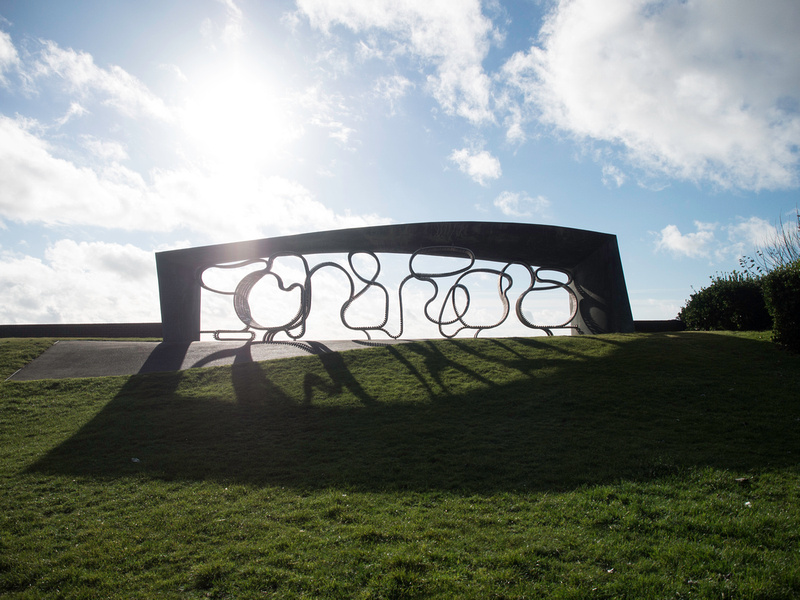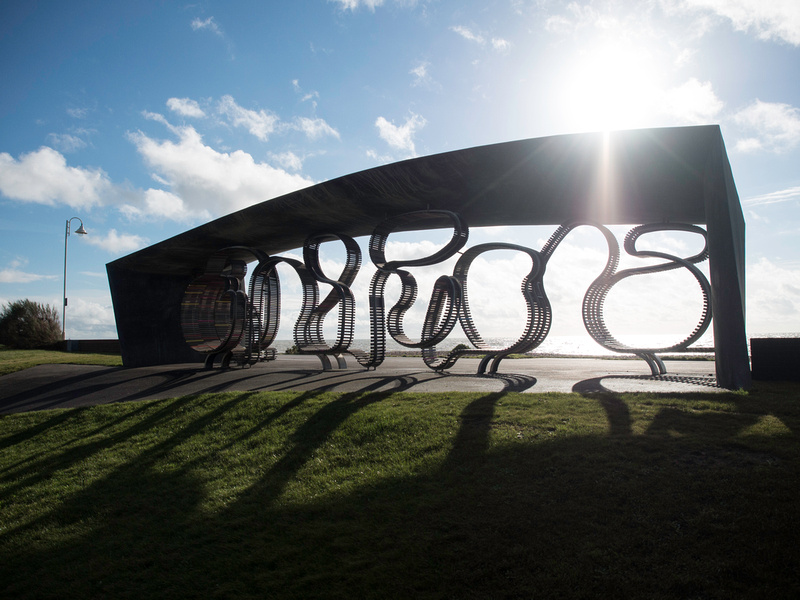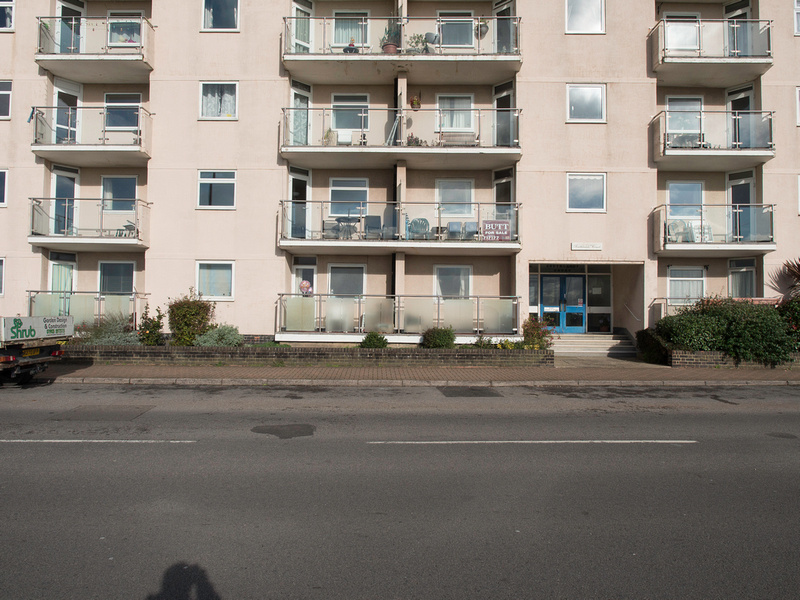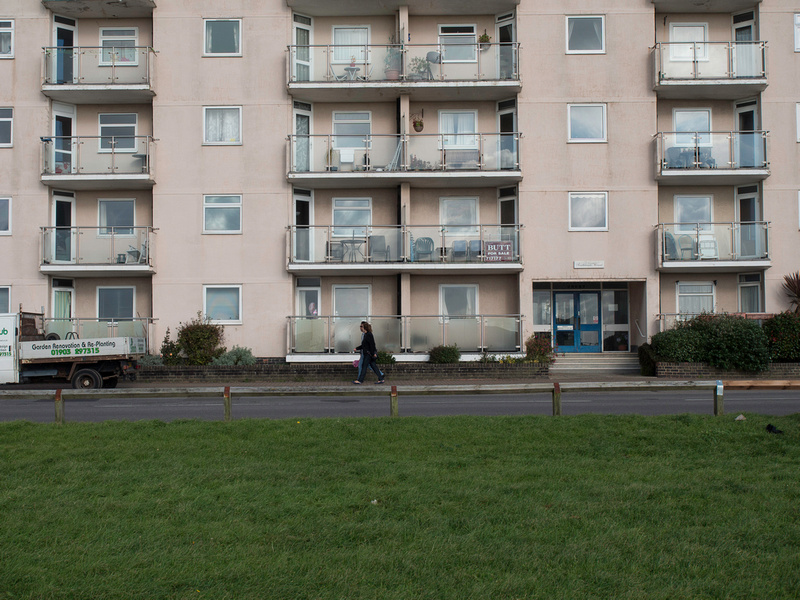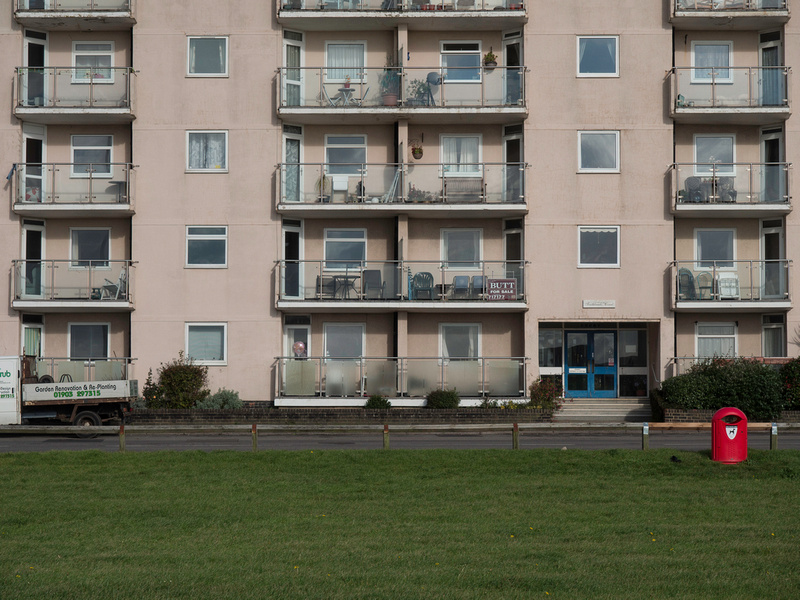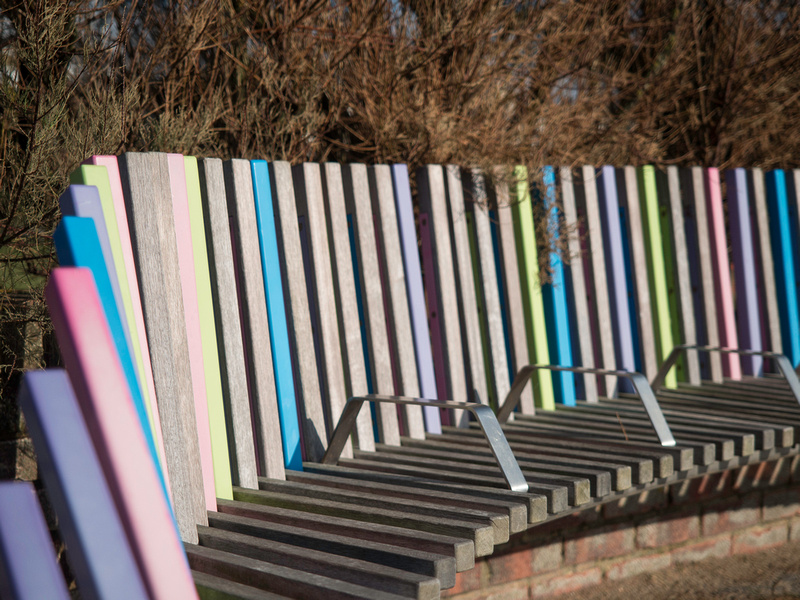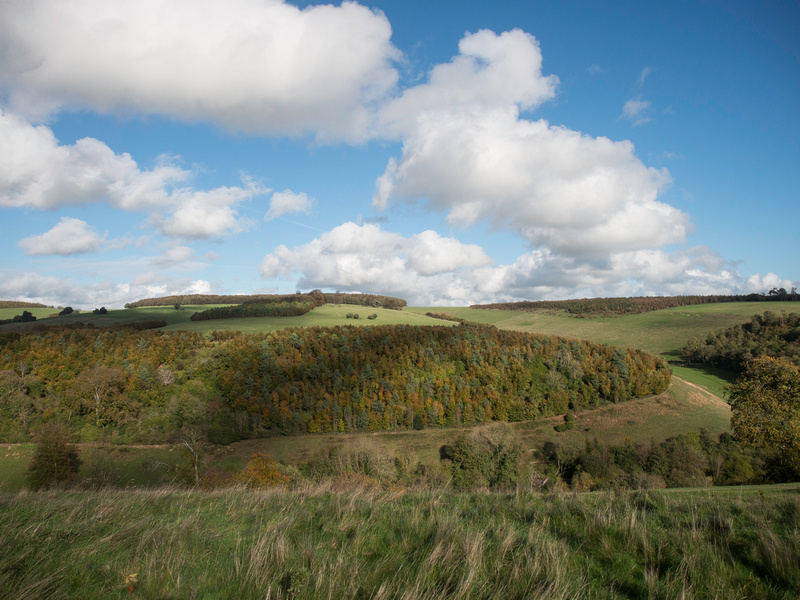Olympus 12-40mm F2.8 Pro M.Zuiko Review: "The Hammer"I have nicknamed this lens "The Hammer" because it nails just about everything. It's that good. There's no need to read on really but it seems a shame not to fill that claim out a little... From First Glance to Marriage in an HourYou know the drill: first glance across a crowded room leads, if you're lucky, to first date. If that goes well, there's the first and subsequent bases to reach, then an engagement and then marriage, kids and finally divorce or death. So it is with cameras and lenses. And I always know when I'm ready for us to live together when I stop worrying about getting any marks or dings on the item, forget where I put the receipt, start purchasing filters/spare batteries and so on - like I say, you know the drill. The Olympus 12-40mm F2.8 for Micro Four Thirds and I moved in together after about an hour and now we're married and having babies. I never want to be parted from this lens. For the simple reason that it is the only mid-range zoom at any price, on any system, that I have ever owned that seems to have no notable flaws. It is sharp from edge to edge (and pretty much from corner to corner) from F2.8 thru F8 at every focal length. It has very little tendency to flare or ghost, it has no CA that I can yet find, its distortions are manifest only at the wide end and are well (but not completely) corrected in-camera, even for RAW shooting, and it looks, feels and behaves the the Pro lens its title claims it to be. It also seems to have very little field curvature that I have yet seen. Note: Ming Thein has suggested a slight differential curvature that can make the centre improve at the wide end as you stop down but the edges degrade, with the opposite happening at the long end. I am yet to see that, but these things can be quite scene-dependent and even variable between copies of a lens. Now, all of that might be what one would hope for from a really good zoom but in truth, even with the most expensive glass, it is often hard enough to achieve in a prime lens. I spent a good part of the past eighteen months trying to get a good mid-range zoom for my D800E and after many failed repairs and replacements of the 24-120, I ended up with the 'trinity' 24-70 F2.8 lens, about as good as one can get but still not very convincing at the wide end. I recently tried the Sony 16-70 F4 OSS E-Mount for Nex and found it (or at least my copy of it) wanting. And my fond memories of the Canon 24-120 F4 are tempered by a look back at the images it made. Lovely but by no means perfect. So on returning from a first dusk walk with my Oly I was really quite surprised, looking at the resulting files, to find that there was nothing wrong with it at all. No soft edges, no smeared corners, no odd field effects, no purple edged branches. Nothing. Now I do know that at least some of this is down to the famed MFT in-camera corrections and that these corrections do involve a certain amount of processing or 'half-baking' of the RAW files - but I don't see any strong evidence of it. The files, at least when viewed on a Retina screen or a normal monitor at 50% view, do not look stretched, tweaked or pushed about. Zooming in to 100% isn't exactly pretty but then, the EM-1, despite having reputedly the best MFT sensor yet, is never going to produce immaculate files at the pixel level. The sensor is too small for that and the technology has not yet smashed through that roadblock though in time I'm sure it will. But for now, the combined efforts of the EM-1 and the 12-40 are utterly convincing according to my expectation of a system of this type, which is that it be able to produce a convincing print 20" on the long end, without needing remedial shooting techniques to tease an acceptable result. What is more, and I have tested this to my own satisfaction, for a 20" print at low ISO and 24mm FOV I would prefer to use the Oly system than the D800 system (with 24-70mm) for wide shooting because it gives better results on average across the frame with clearly better edges. Honestly. And, because the IBIS in the EM-1 allows for stupidly low shutter speeds, you can shoot at low ISO even in low light as long as your subject isn't moving. Whereas on the Nikon's unstablised lens/body combo, much higher shutter speeds are needed. For example, a 24mm FOV shot on the Nikon requires 1/100th second when shot with the large and heavy 24-70mm F2.8 but the Oly combo can shoot the same scene pretty reliably at 1/12th or lower. Conservatively that's about three stop advantage, often four. Which means an Oly shot at ISO200 will be up against a Nikon shot at between 800 and 1600 -at which point the file quality is quite well matched but the Oly frame has sharper edges and corners.
Here is an aperture series shot on a tripod with delay, magnified manual focus, IBIS off. I bracketed this several times for focus and got the same results every time. I shot at 12, 14, 18, 25, 35 and 40mm at every F stop and my summary for the lazy reader is:
I moved on to a flare test. Here are two shots, one with the sun centre, and one with it near the edge. Of course there is some visible flare and some more subtle veiling flare, but it is very well-controlled given the circumstances. Both these shots are at F2.8 and the situation improves as you stop down.
I can't show you any chromatic aberrations because I can't find any of note. Distortion is not quite 100% corrected at the wide end but is so subtle that you are unlikely ever to want to take further steps. Here are shots at 12, 24 and 40mm. Bokeh is generally quite nice though possibly a little nervy with very sharp edges. Here are some soft and hard subjects with fore and aft bokeh at 40mm and F2.8 As for the 'look' of the lens - it is very nice. Not a character lens at all, but not lacking in style. It has a 'gentle but firm' rendition that becomes more attractive the more you see it. It is calmly confident of what it can do, and rightly so. The lens looks and feels lovely, and comes with a good cap and hood. And it has two big 'extras': the first is a clutch that lets you pull the MF ring to either set the lens on MF or AF, and if you set it on MF and focus it then go to AF, it will remember your previously set focus distance when you pull the clutch back to MF - great for videographers who need to 'pull' focus from one point to another. The second bonus is a programmable Fn button on the lens, which I have set to Magnify. Vignetting is, for me, a non-issue because I quite like a little bit of it and that is all this lens has - but if you enable shading corrections in the camera menu, it will disappear. All my shots were made with shading correction off. This being the tashley blog, I simply have to find at least one fault and it is this: for me, the lens is slightly less convincing with distant landscapes because it can't quite pull together the fine detail of far foliage. This is quite likely due to limitations imposed by the sensor and not the lens but I have a sense of there being a tad more detail extracted at close and medium distances than at infinity. This is far from unusual and in any event the results are at least 'good enough' and, given the problems that so many full frame wide lenses have with edge sharpness and distance landscapes, I think the Oly combination is overall surprisingly good. There is a short-form, handheld aperture series of the following scene here, and I leave it to you to decide if it will be good enough for your needs. This landscape series highlights a problem with making broader assessments of the lens: which, of the lens and the EM-1 is the constraint on IQ? My feeling is that at optimum apertures, generally F4, the 12-40mm can outperform the sensor on centre and match it at the edges but that if MFT pixel densities increase, the lens will face a challenge but should be satisfactory for the same print sizes and might stretch to a 24" print on a 25mp sensor. A brief word on Macro: this is not my special area at all but I thought I'd give it a quick go and was amazed: the following shot of a padlock hasp (unorthodox I know but it was too windy for flowers and insects!) was made with the lens hood literally touching the padlock itself. This doesn't claim to be a macro lens but I think that's pretty impressive. Nuff said. Finally, AF is fast, accurate and decisive but I did have one or two mis-fires, especially with tracking subjects, though no more than with a good FF DSLR. Sometimes I wish I was one of those guys that monetize their blogs: I'd make a click-thru bonanza from this lens. But hey ho, I'm the loser. You should buy this lens anyway, even if you don't like zooms. And if you don't have a Micro Four Thirds camera to put it on, you should buy one of those too - preferably the Olympus EM-1, which I am currently greatly enjoying and will soon review.
The various links you followed earlier in this article lead to a gallery with a few other shots in it. Please feel free to browse through them. They are random, but might give you a wider feeling for the performance of the lens under a range of shooting conditions and allow you to see some nice, sharp corners at various apertures and focal lengths.
This site is not for profit but I do support the charity Photovoice. I wrote about it in depth a while back and that article is here. If you have found this article useful and are feeling generous, I would hugely appreciate a donation to the charity, even just a pound or a dollar: every little helps. You can donate here and the Virgin Giving site is secure and takes cards and PayPal. The Gods of Great Photography will smile on you if you donate. I promise. Comments
Hi Scott,
I'm afraid I can't say - it's not a lens I've ever tried. I mainly just use zooms on the MFT format because in a sense I don't hunk it's 'worth' primes: for me it is a convenience thing that needs satisficing quality and great flexibility. If I want better quality I go for a larger sensor and primes....
Scott(non-registered)
Tim: how does this lens compare to the Pan/Leica 25 1.8 lux for sharpness?
Thanks!
Hi Chris, and thanks!
I have heard very good things about DXO but I'm afraid that I won't be using it for workflow reasons: I am running LR and C1 and I have always gravitated toward LR because of the cataloguing features. It does a good job in general and though some other developers may do a slightly better job with some cameras, overall LR is the best all rounder. I find that shots I process in other programmes, such as when a new camera comes out and only the manufacturer's proprietary will open it, tend to get converted to TIFF and imported to LR, which bloats my hard drives and makes location of the original a PITA... my feeling is that if E-M1 files need intense care, I'm not in the business of nursing!
Chris Sawtell(non-registered)
Hi again, Tim - I have been trying to warm to the Sony A7r as the base for a system but will await the next gen. However, you mentioned DXO - and I have just tried their new Optics Pro 9 Raw converter. Their Prime de-noiser is amazing (IMHO) and blows Photo Ninja, Iridient et al away. It has given my Olympus m4/3 Raw files such a boost even at higher Iso's that any "sensor envy" has been eradicated. A great program in every way (if you have not seen their Pro 9 intro tutorial, I really recommend a look - and the 1 month free trial). Best - Chris
No comments posted.
Loading...
|

